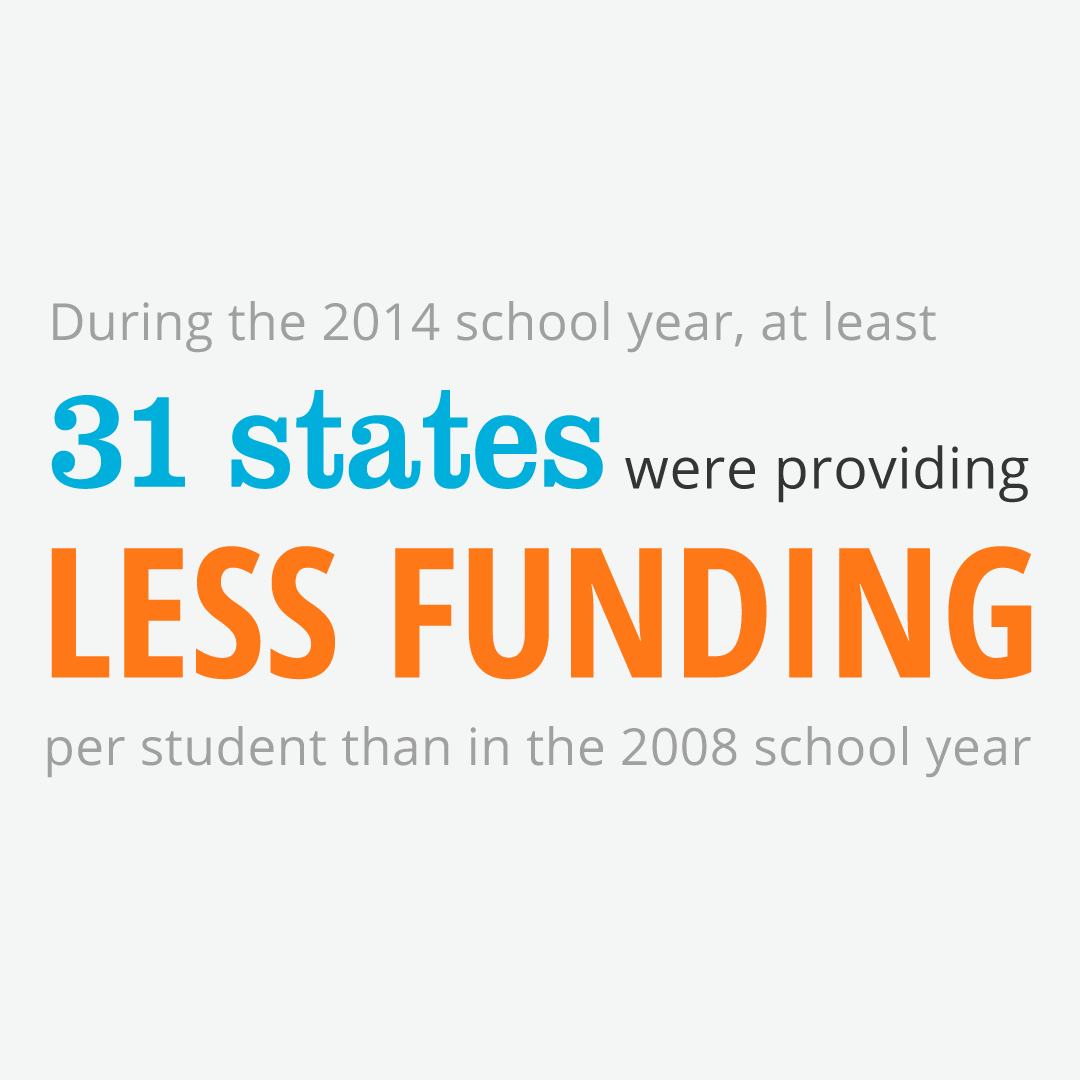On the heels of his 2020 State of the Union Address, President Trump released his election-year $4.8 trillion Fiscal Year(FY) 2021 budget request. While the President’s request is nonbinding, it does provide insight on the Administration’s priorities and how it would like Congress to allocate funds. Like previous budgets unveiled by President Trump, the FY21 budget proposes deep cuts in non-defense spending, despite a budget deal that was already negotiated with Congress last summer. Additionally, for the third straight year, the Administration’s proposal abandons the traditional 10-year goal to eliminate the deficit, instead setting a 15-year target.
While discretionary spending programs see significant cuts in the FY21 budget request, the proposal does include a 10-year, $810 billion reauthorization of surface transportation programs. The proposal also includes:
- an additional $190 billion for infrastructure investments;
- one billion each for BUILD and INFRA grants; and
- a new Rural Opportunities to Use Transportation for Economic Success (ROUTES) initiative.
The $190 billion one-time investment would include:
- $60 billion for a mega projects program;
- $50 billion for a new freight program;
- $35 billion for a new bridge program;
- $35 billion for rural infrastructure, and
- $20 billion for the mass transit backlog.
Unfortunately, the majority of discretionary programs see a reduction, with the EPA and the U.S. Army Corps of Engineers seeing some of the most drastic cuts.
More details by department or agency are as follows:
Department of Transportation – $21.6 billion in discretionary budget authority—a reduction of 13% from FY20 appropriations. The 10-year reauthorization of surface transportation programs would provide a total of $602 billion for programs administered through the Federal Highway Administration, $155 billion for programs through the Federal Transit Administration, and $19.8 billion for NHTSA and FMCSA programs. The budget request also includes $14.2 billion for the FAA and calls on states and Amtrak to look at ways to restructure the network.
Environmental Protection Agency – $6.7 billion; a reduction of 27% from FY20 appropriations. The limited proposal would fund the State Revolving Loan Funds at nearly $2 billion, a cut of about $700 million from the FY20 enacted level and provides $25 million in funding for the WIFIA credit program, a cut of $10 million from the FY20 enacted level. The plan would also provide $80 million for brownfields remediation at Qualified Opportunity Zones.
U.S. Army Corps of Engineers – $6 billion; a reduction of 22% from FY20 appropriations. The proposal would not allow for starting new construction projects; instead, prioritizing operations and maintenance of existing water resources infrastructure. The proposal would allow USACE to transfer up to $250 million in appropriated funds to non-Federal sponsors that decide to construct a project on their own and would provide $100 million for emergency accounts to quickly rebuild levees and repair ports after a natural disaster. Finally, the proposal calls for an annual per-vessel fee for commercial users to fund the Inland Waterways Trust Fund.
Department of Energy – $35.4 billion— a reduction of 8% from FY20 appropriations. The budget seeks to reduce or eliminate the Federal government’s role in electricity transmission infrastructure ownership and prioritizes examining energy efficiency regulations. Additionally, the budget would cut the Department’s Office of Science by 17%, to $5.7 billion and cut the Department’s Advanced Research Project’s Agency – Energy by 173%, not only eliminating the program, but also forcing it to return $311 million to the U.S. Treasury.
Department of Education – The proposal would consolidate almost all existing K-12 formula and competitive grant programs into one block grant to states, called the Elementary and Secondary Education for the Disadvantaged (ESED) Block Grant. This new block grant would be funded at $19.4 billion.
FEMA – $2.48 billion; a reduction from $3.17 billion appropriated in FY20. This includes $279 million, down from $355 million in FY20, for emergency management performance grants under the National Flood Insurance Act, the Stafford Act, and the Earthquake Hazards Reduction Act.
National Park Service – Requests $6.5 billion to create a new dedicated trust fund to address the $12 billion deferred maintenance backlog.
National Institute of Standards and Technology – $718 million; a reduction of approximately $300 million from FY20 appropriations.
NASA – $25.2 billion; an increase of 12% from FY20 appropriations.
National Science Foundation – $7.7 billion; a reduction of 7% from FY20 appropriations.
U.S. Geological Survey – Science programs would receive $200 million, a reduction of 30% from FY20 appropriations
Economic Development Administration – The grant program is zeroed out for the 4th consecutive year.
So, what’s next? Like past budgets, Congress is unlikely to adopt the President’s proposal and the two- year spending deal negotiated last summer is likely to remain in place. That agreement would raise spending by $320 billion over existing caps.























































